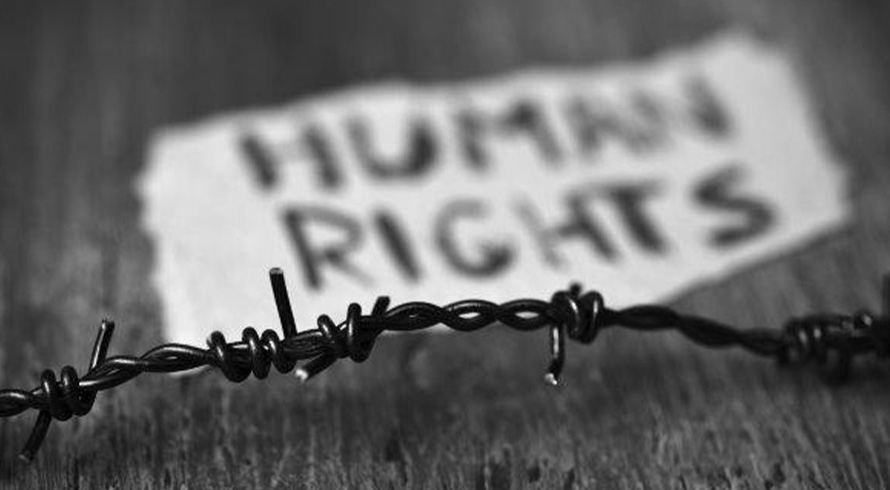A grand slam for ‘NO-VAC’: A brief discussion of the United States Supreme Court’s decision to block President Biden’s vaccine mandate for medium to large scale businesses
At a glance
- President Joe Biden announced plans for a vaccine mandate in the US, requiring employers with at least 100 employees to ensure their workforce is vaccinated or provide regular COVID-19 testing.
- The vaccine mandate faced legal challenges and reached the US Supreme Court in cases such as Missouri v. Biden and National Federation of Independent Business v. OSHA.
- The Supreme Court rendered a split decision, allowing vaccine mandates for healthcare workers but preventing mandates for employees of large businesses, impacting the federal response to COVID-19 in workplaces. In South Africa, there are ongoing constitutional challenges to mandatory workplace vaccinations.
On 5 November 2021, the proposed vaccine mandate was issued through the Occupational Safety and Health Administration Act of 1970 (‘’OSHA’’), which imposed significant fines on those businesses that refused to comply. Various parties challenged this decision to implement the vaccine mandate. These numerous cases were eventually consolidated in the matters of National Federation of Independent Business et al vs Department of Labour, Occupational Safety and Health Administration (21A244) and Ohio et al vs Department of Labor, Occupational, Safety and Health Administration et al (21A247), which then found its way to the US Supreme Court.
In the vaccine mandate cases, Missouri v. Biden and National Federation of Independent Business v OSHA, the Supreme Court (the Court) rendered a split decision. Missouri v. Biden in essence allowed the Biden Administration to begin enforcing a rule that requires entities receiving medical care or medical aid funding to insist that their employees be vaccinated. However, National Federation of Independent Business v. OSHA on the other hand, essentially prevents the Biden Administration from enforcing a rule that would require businesses employing a hundred or more workers to insist that their employees who work in settings conducive to the spread of COVID-19, either be vaccinated and / or wear masks and undergo regular coronavirus testing. On a closer analysis, it is arguable that the Court, strictly speaking, did not render a decision on the validity of either rule. Instead the decisions basically determined whether the rules in question could be implemented while their legality was further litigated. The opinions of the Court are, however, such that the legality questions seem to have been answered. Mandates for health care workers are permissible, while mandates for ordinary employees of large businesses are not permissible.
The Court’s decisions carry enormous significance for the federal response to COVID-19. The Court’s ruling will mean that nationwide workplace protection now can be implemented only in health care facilities, where the justification is patient safety, not worker protection. As Justices Breyer, Sotomayor, and Kagan wrote in their dissent in the OSHA case, the majority’s decision “stymies the Federal Government’s ability to counter unparalleled” threats.
The Biden Administration could propose more limited COVID-19 workplace standards, for example, applying only to workplaces with especially high risks of SARS-CoV-2 transmission (such as work in medical facilities, work being carried out in confined spaces, assembly lines or cruise ships), but it is arguable that the Court’s ruling gives OSHA fairly limited scope for future action.
The topic of vaccine mandates or mandatory workplace vaccination policies (as they are referred to in South Africa) continues to polarise opinions. In South Africa, the Department of Employment and Labour has published Directives which provide the building blocks for mandatory workplace vaccinations. However, these Directives expressly state that employees can object to mandatory vaccinations on either constitutional or medical grounds.
There are pending constitutional challenges to mandatory workplace vaccinations in the Constitutional Court and the Free State High Court. In conclusion: our Courts will no doubt be monitoring global jurisprudence and it remains to be seen whether mandatory workplace vaccinations in South Africa will ultimately be declared lawful.
The information and material published on this website is provided for general purposes only and does not constitute legal advice. We make every effort to ensure that the content is updated regularly and to offer the most current and accurate information. Please consult one of our lawyers on any specific legal problem or matter. We accept no responsibility for any loss or damage, whether direct or consequential, which may arise from reliance on the information contained in these pages. Please refer to our full terms and conditions. Copyright © 2026 Cliffe Dekker Hofmeyr. All rights reserved. For permission to reproduce an article or publication, please contact us cliffedekkerhofmeyr@cdhlegal.com.
Subscribe
We support our clients’ strategic and operational needs by offering innovative, integrated and high quality thought leadership. To stay up to date on the latest legal developments that may potentially impact your business, subscribe to our alerts, seminar and webinar invitations.
Subscribe




